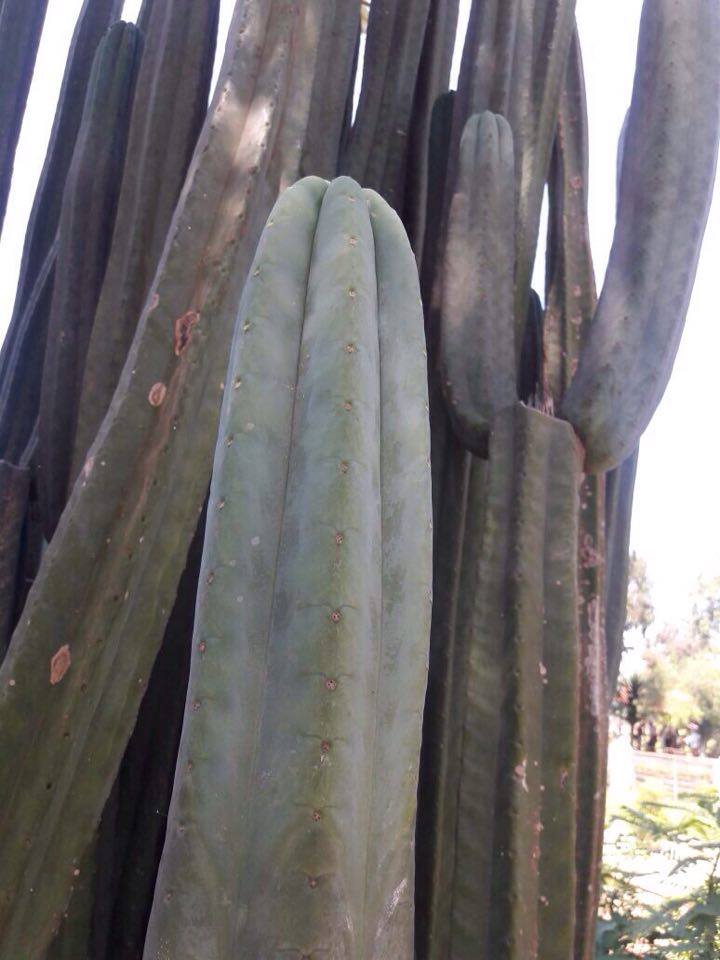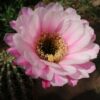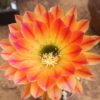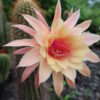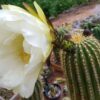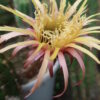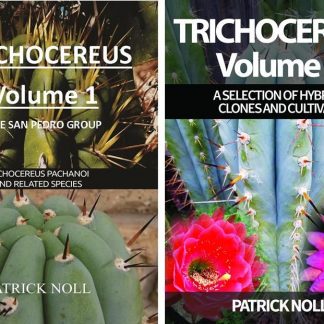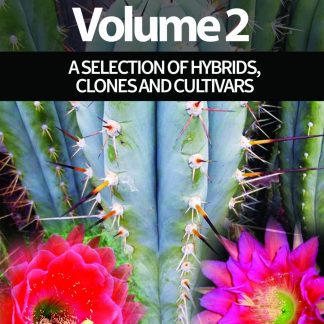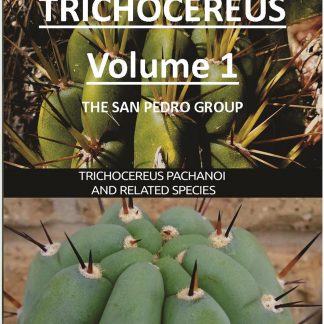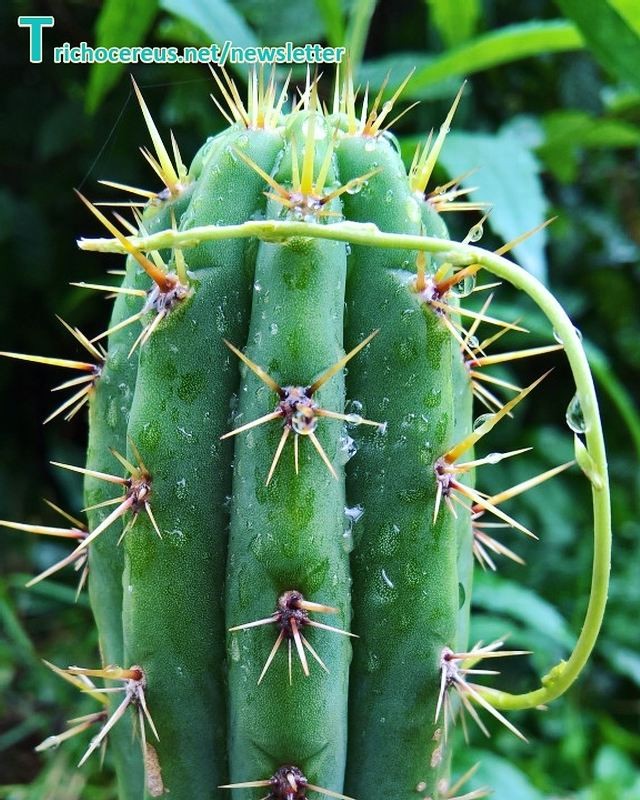
Trichocereus cuzcoensis is a Trichocereus species from Cusco in Peru. It is described as a species that is limited to Cusco and only plants from that area count as Trichocereus cuzcoensis in the sense of the description. Many people on forums and Facebook groups identify close relatives of Trichocereus cuzcoensis from other parts of Peru…


